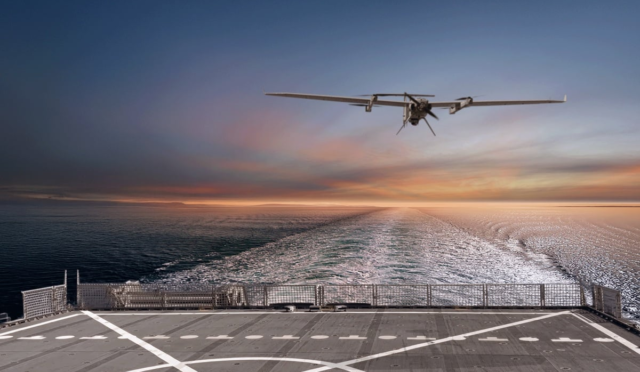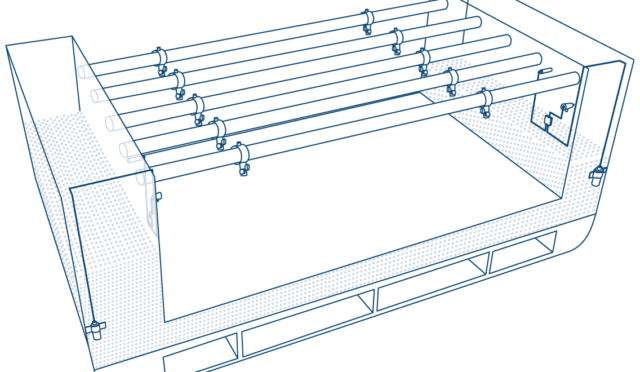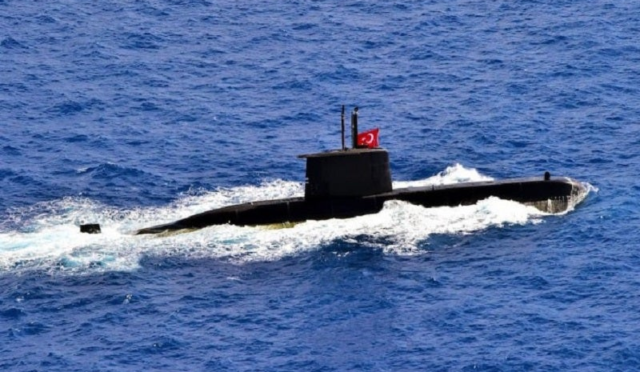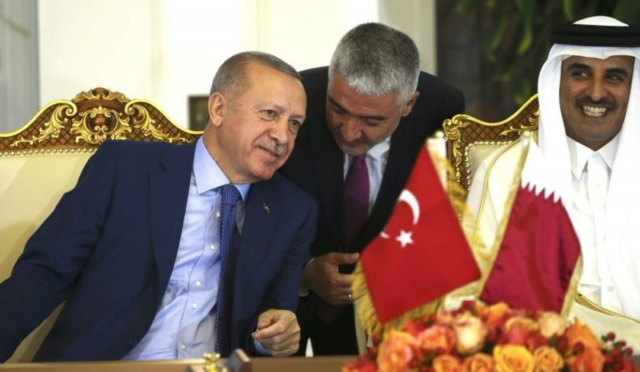Iran Deploys Electronic Warfare Systems Amid Rising Tensions
**As tensions continue to escalate in the Middle East, Iran has begun deploying electronic warfare systems along the Persian Gulf and the critical Strait of Hormuz.** This strategic move is primarily aimed at countering the U.S. naval presence in the region, specifically targeting the air and naval elements of the Harry S. Truman aircraft carrier strike group and its allied forces by utilizing GPS and communication jamming technologies.
Reports from Army Recognition indicate that U.S. defense and intelligence officials have confirmed the activation of Iran’s ground-based electronic warfare systems. These systems are capable of disrupting global navigation satellite systems and severing communication links between airborne platforms and their command centers. Notably, Iran’s Cobra V8 electronic warfare system has already impacted U.S. reconnaissance and surveillance aircraft, including the RC-135 Rivet Joint signal intelligence planes, E-8C Joint STARS surveillance systems, and MQ-9 Reaper drones.
Impact on U.S. Military Operations
Sources knowledgeable about military operations in the region have revealed significant disruptions in GPS functions affecting numerous U.S. aircraft engaged in reconnaissance missions over the Gulf. These disruptions pose a considerable risk to operations that heavily rely on uninterrupted GPS signals and secure data links, highlighting the increasing effectiveness of Iran’s electronic warfare capabilities.
In addition to electronic warfare systems, Iran is reportedly accelerating the deployment of over-the-horizon (OTH) radar systems to vital locations. This enhancement significantly boosts Tehran’s long-range surveillance and early warning capabilities, reflecting a strategic shift in response to growing defense postures and deepening security concerns.
Strategic Implications for Regional Security
The swift expansion of OTH radar complexes has become a cornerstone of Iran’s strategy to shield itself from potential preemptive strikes, particularly from the U.S. or Israel. Both nations have intensified their rhetoric concerning Iran’s advancing ballistic missile and nuclear programs, contributing to heightened tensions in the region.
The recent deployment of a second U.S. aircraft carrier strike group to the Middle East, alongside an increase in the number of B-2 Spirit bombers previously stationed at Diego Garcia, has further escalated the military buildup in the area. This substantial military presence accentuates the fears of a conflict, while Iran’s advanced radar systems are directly correlated with the intensified U.S. military measures in the region.







